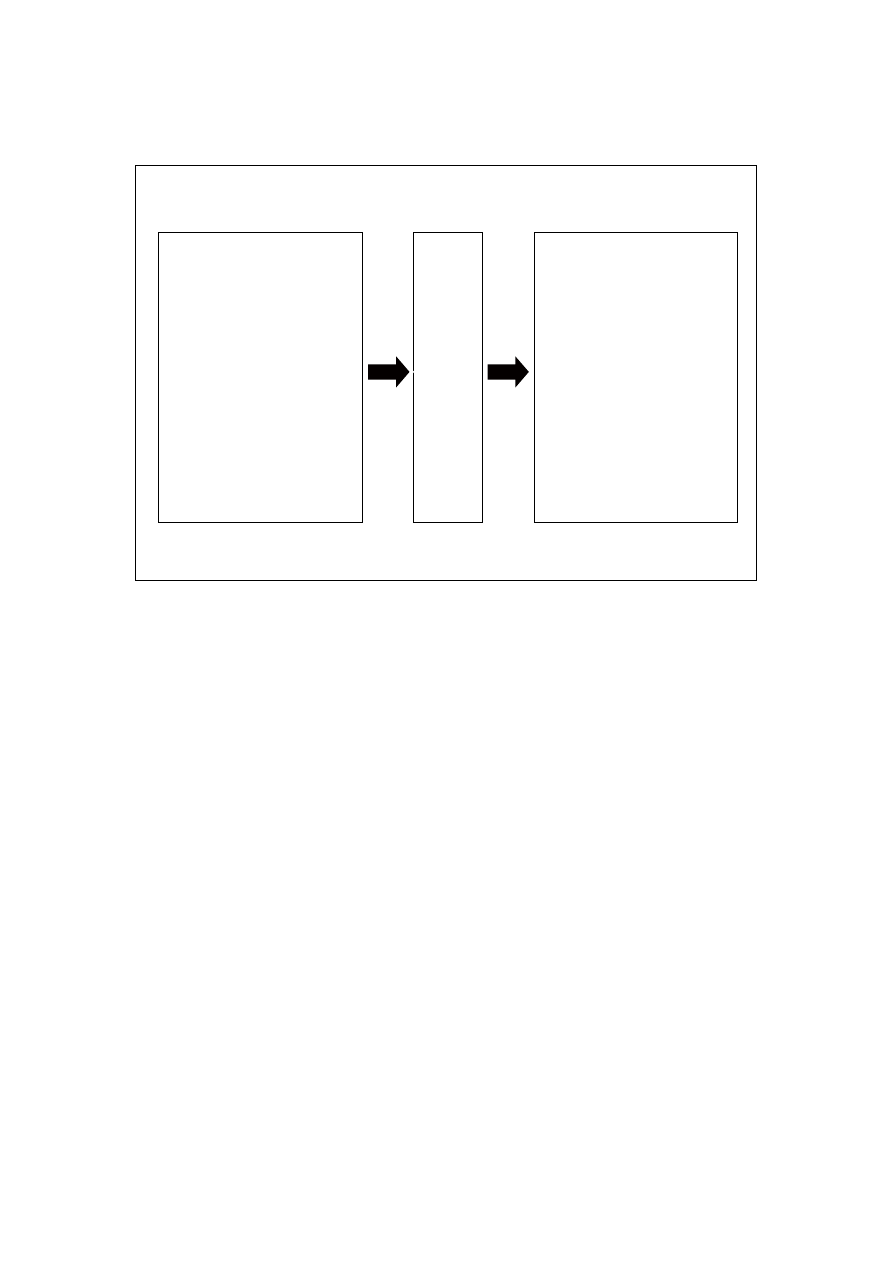содержание .. 20 21 22 23 24 25 26 27 28 29 ..
Geely Emgrand X7. Manual part - 28

2.2.6 Electrical schematic diagram
2.2.6.1 Electrical schematic diagram
发
动
机
控
制
单
元
1. 12V 蓄电池电源
2. 12V 点火开关电源
3. 12V 电源接地
4. 5V 传感器电源接地
5. 点火模块驱动接地
6. 进气歧管压力温度传感器
7. 加速踏板位置传感器
8. 节气门位置传感器
9. 冷却液温度传感器
10.前氧传感器
11.后氧传感器
12.曲轴位置传感器
13.爆震传感器
14.车速传感器
15.空调请求信号
16.空调压力信号
17.制动信号
1. 5V 传感器参考电源
2. 点火线圈控制
3. 喷油嘴控制
4. 电子节气门电机控制
5. 油泵继电器控制
6. 碳罐电磁阀控制
7. 机油控制阀控制
8. 空调离合器继电器控制
9. 低速散热风扇继电器控制
10.高速散热风扇继电器控制
11.前氧传感器加热控制
12.后氧传感器加热控制
13.CAN总线
14.串行数据线
NL02-0028c
1. 12V battery power supply
2. 12Vignition switch power supply
3. 12V power grounding
4. 5V sensor powergrounding
5. Drive grounding of ignition module
6. Air intake manifold pressure
temperature sensor
7. Accelerator pedal position sensor
8 .Throttle position sensor
9 .Coolant temperature sensor
10 .Front oxygen sensor
11 .Rear oxygen sensor
12 .Crankshaft position sensor
13 .Knock sensor
14 .Speed sensor
15 .Air conditioning request signal
16 .Air conditioning pressure signal
17 .Brake signal
Engi
ne
co
ntr
ol u
nit
1. 5Vsensor reference powersupply
2 .Ignition coil control
3 .Injecting nozzle control
4 .Electric throttle motor control
5 .Fuel pump relay control
6 .Canister electromagnetic valve control
7 .Oil control valve control
8 .Air conditioning clutch relay control
9 .Low speed radiator fan relay control
10 .High speed radiator fan relay control
11 .Front oxygen sensor heating control
12 .Rear oxygen sensor heating control
13 .CAN main wire
14 .Serial data lines
111